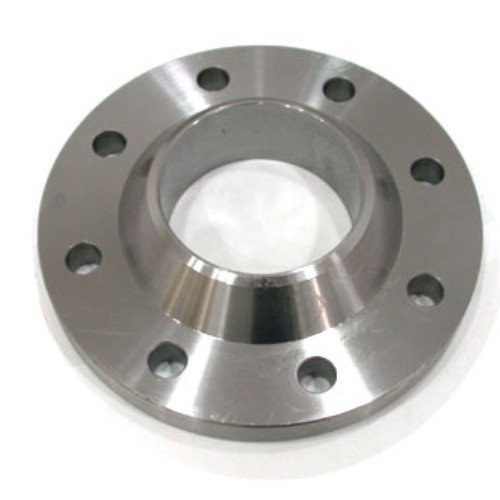Understanding Hose Flanges and Their Applications in Fluid Systems and Connections
Understanding Hose Flanges A Comprehensive Guide
Hose flanges play a crucial role in various industrial applications, facilitating the connection and disconnection of hoses with ease and efficiency. These components are particularly important in industries such as oil and gas, pharmaceuticals, and construction, where the safe and secure transfer of fluids and gases is essential. In this article, we will delve into what hose flanges are, their types, applications, and the benefits they offer.
What are Hose Flanges?
Hose flanges are flat pieces of metal or plastic that serve as a connector for hoses. They typically feature a bolt hole pattern that allows them to be attached to a corresponding flange or fitting on pipes and equipment. This design ensures a tight seal can be achieved, preventing leaks and maintaining pressure within the system. The flanges usually come with a rubber gasket or sealant, providing an added layer of leak protection.
Types of Hose Flanges
Hose flanges come in various types, designed to cater to different applications and requirements. The most common types include
1. Threaded Flanges These flanges have internal threads that allow them to be screwed onto a threaded hose or pipe. This type ensures a solid connection but may not be ideal for high-pressure applications due to the potential for threads to wear down over time.
2. Slip-On Flanges These flanges are designed to slip over the hose or pipe and are then welded into place. This type offers a strong and secure connection, making it suitable for high-pressure environments.
3. Weld Neck Flanges Designed for high-pressure applications, weld neck flanges have a long neck that gradually tapers to the pipe's size. This design minimizes stress concentration and is ideal for high-temperature and high-pressure applications.
4. Blind Flanges Used to close off the end of a piping system, blind flanges effectively seal off systems that are either not in use or need to be maintained.
5. Raised Face Flanges These flanges feature a raised area around the bolt holes, which helps in creating a more effective seal when paired with a gasket. They are commonly used in applications that require a high level of sealing integrity.
hose flange

Applications of Hose Flanges
The applications of hose flanges are vast and diverse. In the oil and gas industry, they are used to connect hoses and pipelines, ensuring the safe transport of crude oil and natural gas. In construction, hose flanges are commonly used in hydraulic systems that power heavy machinery, ensuring the reliable operation of equipment. Similarly, in the pharmaceutical industry, flanges are crucial for connecting hoses that transport essential liquids while maintaining cleanliness and preventing contamination.
Benefits of Using Hose Flanges
Hose flanges offer numerous benefits, making them a preferred choice in various industries
1. Ease of Installation and Maintenance Flanges allow for easy connection and disconnection of hoses, making maintenance straightforward. This feature is particularly beneficial in systems where downtime must be minimized.
2. High Durability Made from robust materials, hose flanges can withstand high pressures and temperatures, ensuring longevity and reliability in demanding applications.
3. Leak Prevention The design of hose flanges, combined with gaskets, ensures a secure fit that minimizes the risk of leaks. This is critical in systems handling corrosive or hazardous materials.
4. Versatility Available in different sizes and materials, hose flanges can be customized to meet specific system requirements, making them suitable for a wide range of applications.
Conclusion
In conclusion, hose flanges are integral components in various industrial systems, providing secure connections that are essential for the safe transfer of fluids and gases. Understanding the different types of hose flanges and their applications can help businesses make informed decisions, ensuring the efficiency and safety of their operations. With their numerous benefits, hose flanges will continue to play a vital role in various industries for years to come.
-
The Key to Fluid Control: Exploring the Advantages of Ball Valves in Industrial SystemsNewsJul.09,2025
-
The Versatile World of 1, 2, and 3 Piece Ball ValvesNewsJul.09,2025
-
Stainless Steel Ball Valves: The Ideal Choice for Efficient Flow ControlNewsJul.09,2025
-
Optimizing Fluid Control with Ball Float ValvesNewsJul.09,2025
-
Manual Gate Valves: Essential for Control and EfficiencyNewsJul.09,2025
-
Everything You Need to Know About Butterfly ValvesNewsJul.09,2025
-
The Versatility of Wafer Type Butterfly ValvesNewsJul.08,2025




